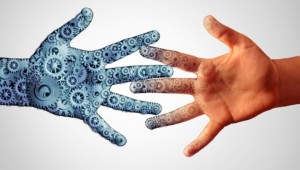5 Categories Where Private Investment Will Help Edu
The expansion of broadband, reduction in price of access devices, and powerful application development platforms—all primarily a result of private investment—have changed the opportunity set. Equally exciting is the development of social entrepreneurship—impact-oriented enterprises with a return-seeking or at least sustainable business model. The worldwide recession accelerated the instincts of and opportunities for the Millennial generation to do meaningful work. Talent is being attracted to problems in global education with the expansion of career options in addition to being a teacher. The amount and quality of proposals makes it easier to seek high impact and high return.
Private capital will play an important role in five specific categories:
1. Digital content, particularly curriculum that adapts to individual learning needs, learning games, simulations, virtual environments.
2. Online learning where curriculum and instruction are provided online in both synchronous and asynchronous modes. An expanding category of online learning will be distributed workforce models in categories including speech therapy and other special needs; language acquisition, Advanced Placement and other college credit courses; higher level math, science and technology (STEM) courses.
3. Blended learning school development and improvement. Innovative school models that incorporate the best of online and onsite learning will expand as new school networks and will be adopted by struggling schools. Private sector participants will operate schools and provide services to nonprofit and public school operators.
4. Learning platforms will combine digital content libraries with student information, classroom management tools, social learning features, a comprehensive student profile, and a smart recommendation engine.
5. Aligned services supporting student, teacher and school success. Closely coupled learning platforms will be online tutoring, professional development, data analysis, operational support, and other school improvement services.
These five categories will require billions of dollars of investment in research and development. They will require skilled teams with incentives to produce and scale innovation. But in every case, these categories of innovation will require public leadership to create room to pilot and they will require foundations to mitigate risk and promote equity. From my AEI paper “Coordinated public-private partnerships (PPP) will be key to meeting the unique challenge of rapidly scaling access to quality education. Private investment will not fix the problems with education, but it will not be fixed without it.”







0 Comments
Leave a Comment
Your email address will not be published. All fields are required.